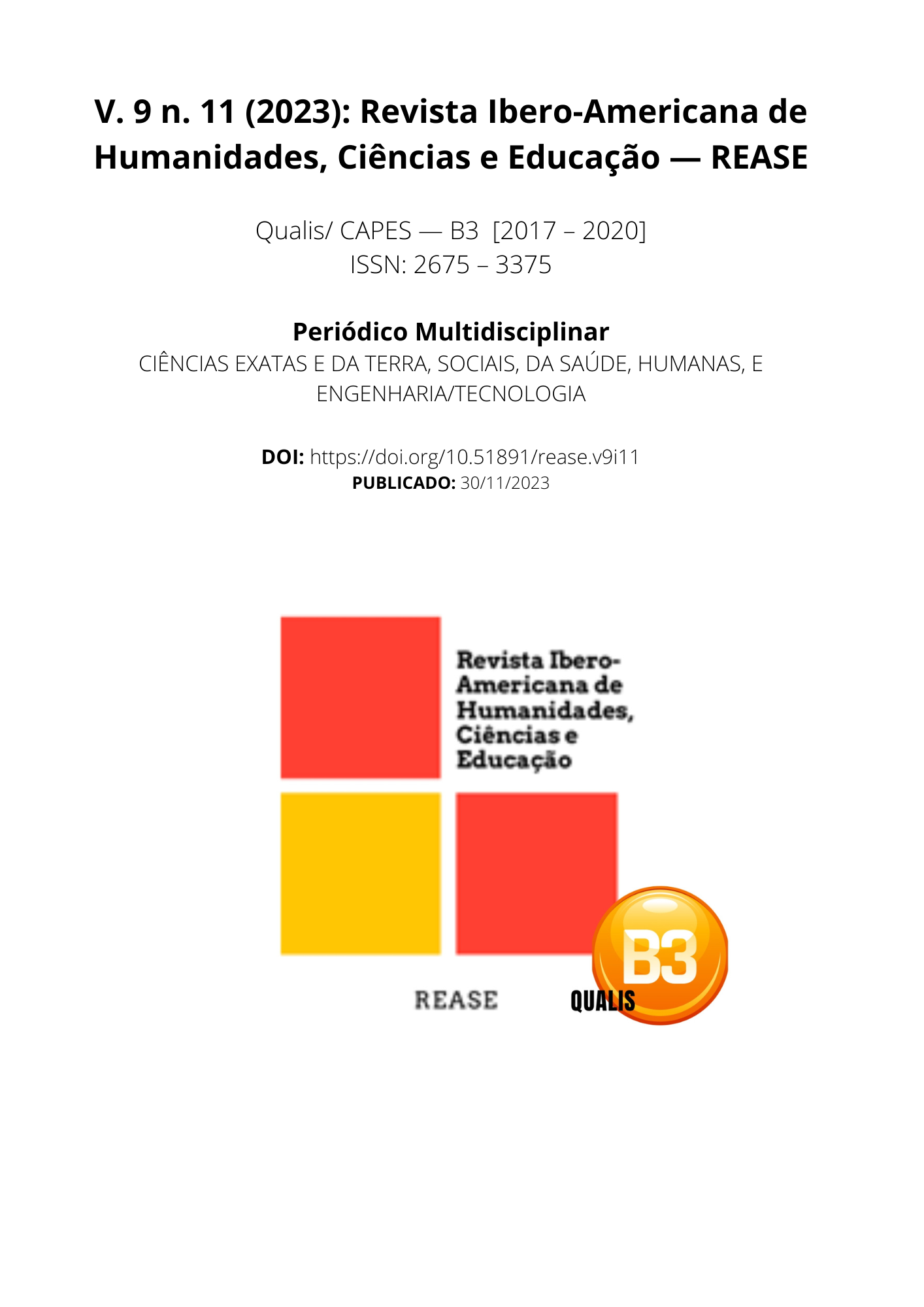USE OF OPIOIDS IN THE TREATMENT OF CHRONIC PAIN AND PHARMACOGENOMICS IN CONTROLLING PAIN AND REDUCING THE RISK OF DEPENDENCE
DOI:
https://doi.org/10.51891/rease.v9i11.12556Keywords:
Chronic pain. Opioids. Dependency. Pharmacogenomics.Abstract
The number of patients reporting pain with a potential risk of becoming chronic has led to a significant increase in consultations, followed by an increase in the prevalence of chronic pain over the last decades. For diagnosis, it is essential to have a pain assessment for a better understanding and to provide appropriate treatment for each patient. Therefore, there are some methods that can assist in this assessment, such as the Visual Analog Scale (VAS) or Numerical Visual Scale (NVS), where it is possible to get an approximate idea of the intensity of the pain experienced by the patient. Opium is a substance extracted from the Papaver Somniferum plant, an alkaloid, which has the capacity for analgesia and sedation, used in cases where other pharmacological classes do not present symptom relief. Chronic pain is treated following the World Health Organization's Analgesic Ladder, where classes of analgesic drugs are used according to intensity. The receptors to which opioids bind are called Mu, Kappa, and Delta. Each of them has its specific characteristics with the active principle to which they bind. Opioids, predominantly, when administered improperly or for an extended period, can pose risks to the individual, such as tolerance and dependence. A field of science that can help to personalize medical treatment, making it more assertive and precise, is pharmacogenomics. This field studies how an individual's genetic variation affects their response to medications. Understanding how a patient's genes affect the metabolism of different drugs can provide data on the efficacy and tolerance of that individual to a particular opioid, making the treatment more effective. This work's research strategy involved searching platforms such as Scielo, Google Scholar, and PubMed, with inclusion criteria being the publication date with research conducted from 2020 to 2023, selecting those related to the topic and with the most recent publication. The aim of this work is to analyze the efficacy and risks of using opioids in the treatment of chronic pain and how pharmacogenomics can offer a new, more personalized and precise approach to the treatment of chronic pain, enhancing the efficacy of prescribed medications and minimizing risks and side effects. With the advancement of this science, a revolution is expected in the way medical treatments are prescribed and administered.
Downloads
Downloads
Published
How to Cite
Issue
Section
Categories
License
Atribuição CC BY

